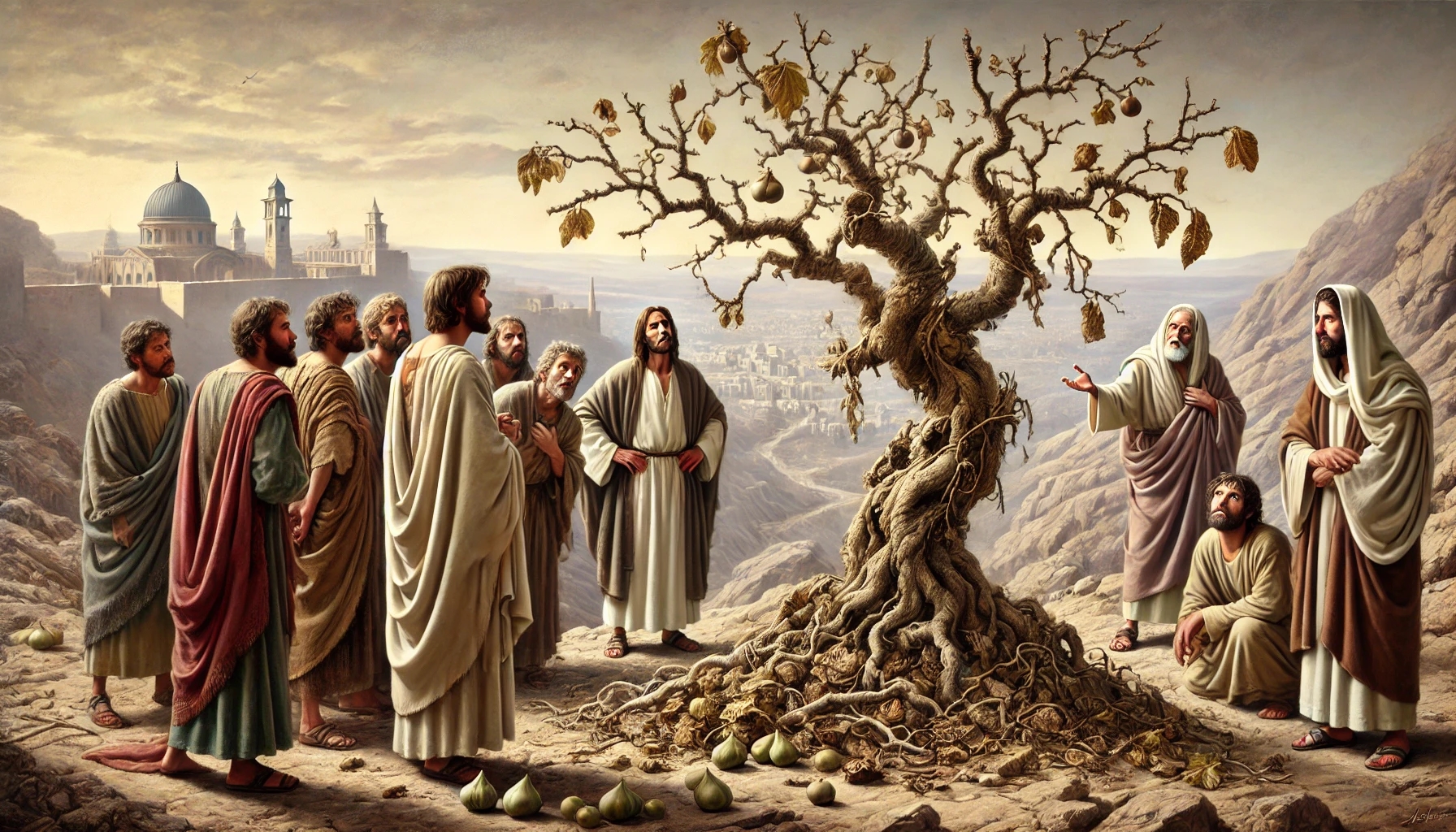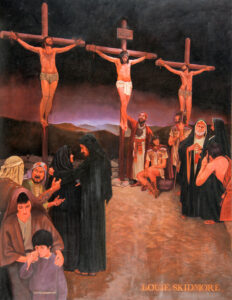
16 September 2024| The “Preach” seminar held in Central Philippines was an annual event on August 15, bringing together representatives from numerous denominations to discuss Christian Unity. The initiative promoted an open and honest dialogue about foundational beliefs to inform better and get to the heart of faith. Pastors and representatives from the United Pentecostal […] Source: https://atoday.org/multiple-denominations-collect-to-discuss-unity-in-preach-seminar/







 (
(